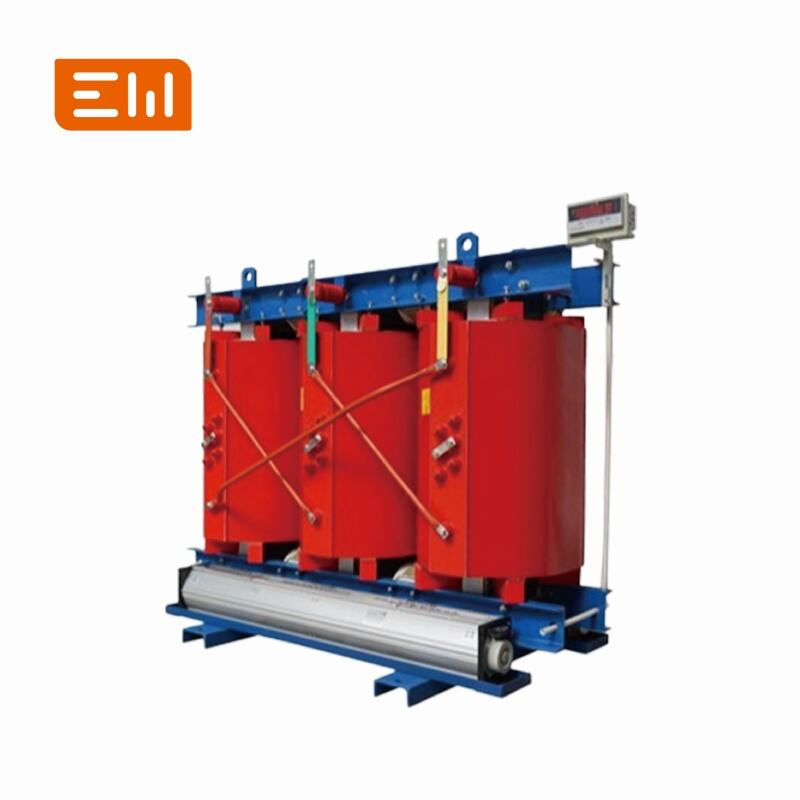How to Customize a Dry Type Transformer for Your Project
While standard, off-the-shelf dry type transformers are suitable for many applications, some projects have unique requirements that demand a custom-engineered solution. Whether it's a non-standard voltage, a special footprint, or a particularly harsh environment, a bespoke transformer can provide the perfect fit where a standard unit falls short.
At https://www.enweielectric.com">Enwei Electric, we specialize in working with clients to design and manufacture custom dry type transformers. This guide explores the common customization options available to you.

Key Areas for Customization
1. Custom Voltages and Tap Arrangements
This is one of the most common reasons for customization. Your project may require:
- Non-Standard Voltages: You may have legacy equipment that operates on an unusual voltage, or you may need to match a specific utility supply voltage not common in your region.
- Dual Secondaries: A single transformer can be designed with multiple secondary windings to supply different voltage levels simultaneously.
- Special Tap Requirements: You may require a wider range of voltage taps, more tap steps, or taps on the secondary winding to achieve precise voltage control.
2. Specific kVA or MVA Ratings
While transformers come in standard kVA sizes, your calculated load might fall awkwardly between two sizes. A custom kVA rating can be engineered to perfectly match your load profile, optimizing efficiency and cost.
3. Custom Impedance (%Z)
As discussed in our guide on impedance, the %Z value is critical for fault current coordination and paralleling. You may require a custom impedance to:
- Limit the available fault current to match the rating of existing switchgear.
- Exactly match the impedance of another transformer for a parallel installation.
4. Special Enclosures and Footprints
Space is often a major constraint in retrofit projects or tight electrical rooms. Customization options include:
- Custom Dimensions: The enclosure can be designed with a specific height, width, or depth to fit into a designated space.
- Special IP Ratings: Enclosures can be built with high IP ratings for very dusty or wet environments.
- Custom Materials: For corrosive environments like marine or chemical facilities, enclosures can be fabricated from stainless steel instead of standard painted steel.
- Unique Layouts: The location of high and low-voltage cable entry/exit points can be customized to simplify connections to existing busbars or conduits.
5. Winding and Core Material Choices
You can specify the materials to optimize for cost, efficiency, or size.
- Copper vs. Aluminum: Choose between copper windings for maximum efficiency and a smaller footprint, or aluminum windings for a lower initial cost.
- Amorphous Core: Opt for an amorphous alloy core to achieve the lowest possible no-load losses for maximum long-term energy savings.
6. Specialized Accessories
A wide range of accessories can be integrated into your custom transformer design:
- Specific types of temperature monitors with custom alarm setpoints.
- Wheels or casters for portability.
- Special anti-vibration mounts.
- Custom-colored paint to match facility aesthetics.
- Surge arrestors for lightning protection.
The Customization Process
- Consultation: The process begins with a detailed discussion with our engineering team. You provide your technical specifications, drawings, and constraints.
- Design: Our engineers create a bespoke design that meets all your requirements while adhering to all relevant safety and performance standards.
- Approval: We submit the design drawings and specifications to you for review and approval before manufacturing begins.
- Manufacturing & Testing: The transformer is built to the approved design and undergoes rigorous factory acceptance testing to ensure it meets all performance criteria.
Conclusion: The Perfect Fit for Your Project
You don't have to compromise with a standard transformer that doesn't quite fit your needs. Customization allows you to procure a dry type transformer that is perfectly tailored to your project's unique voltage, space, and performance requirements.
A custom-engineered solution ensures optimal efficiency, simplified installation, and long-term reliability. It is the ideal way to guarantee that this critical component is a perfect fit for your electrical system.
To start the conversation about your custom transformer needs, https://www.enweielectric.com/contact-us">contact Enwei Electric today. Our team is ready to build the exact transformer your project demands.

